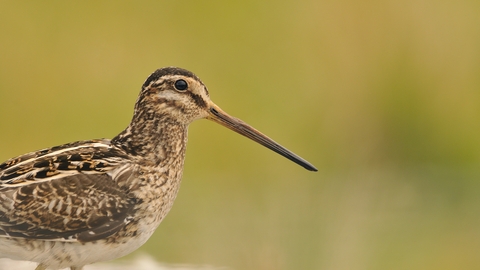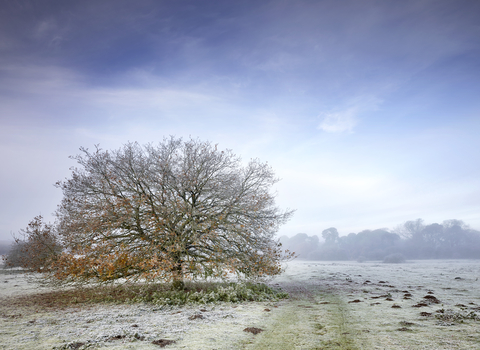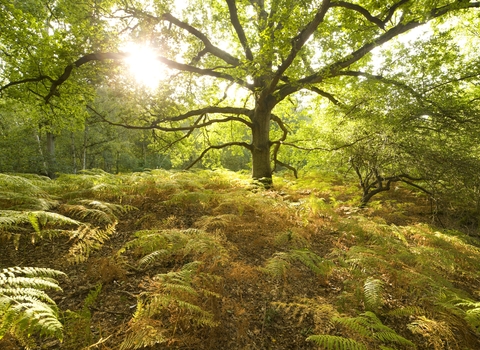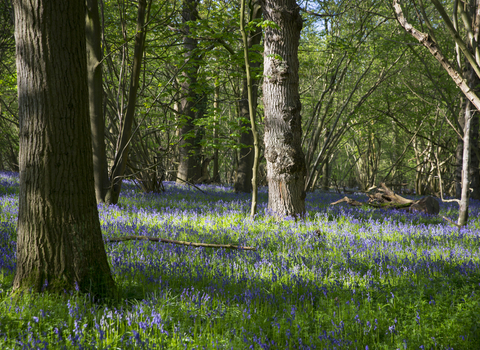
Snipe (credit: Fergus Gill/2020VISION)
Cranberry Rough
Know before you go
Dogs
When to visit
Opening times
N/ABest time to visit
Cranberry Rough is a great place to look across all year round.About the reserve
Please note: This site is inaccessible due to the treacherous ground conditions – however, the Great Eastern Pingo Trail passes down the western edge along the disused railway embankment, which makes an ideal viewing point.
Cranberry Rough is an unusual and mystical place; it was once a shallow lake which has since been lost to the elements. Much of the reserve is quite dangerous, as the ground is made of deep, wet peat – layers of rotting plants, which over time turn into very wet soil. On top of the peat, sits a coating of ‘hover’ – a mat of thick, floating vegetation rather like a skin on custard.
Lush wetland plants thrive here thanks to the wet conditions. Secluded and undisturbed, this unique site has become a breeding spot for snipe; an increasingly rare breeding bird in the UK. On a warm spring evening you may hear the eerie sound of snipe ‘drumming’ their tail feathers in display flight to attract a mate.
Species
Habitat
Contact us
Environmental designation
Seasonal highlights
Spring
Birds: drumming snipe.
Summer
Plants: fen plants.
Winter
Birds: warblers, wildfowl.



